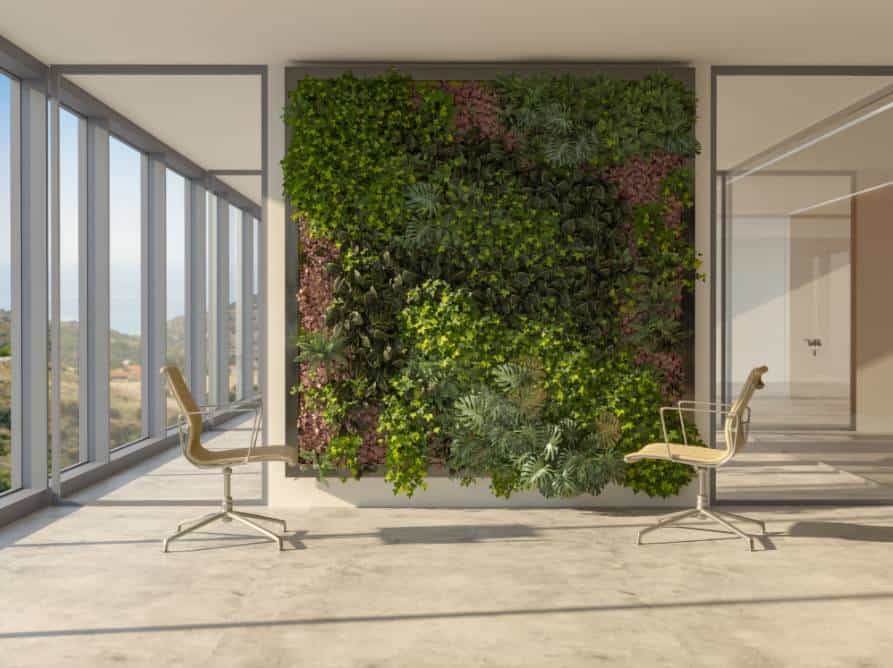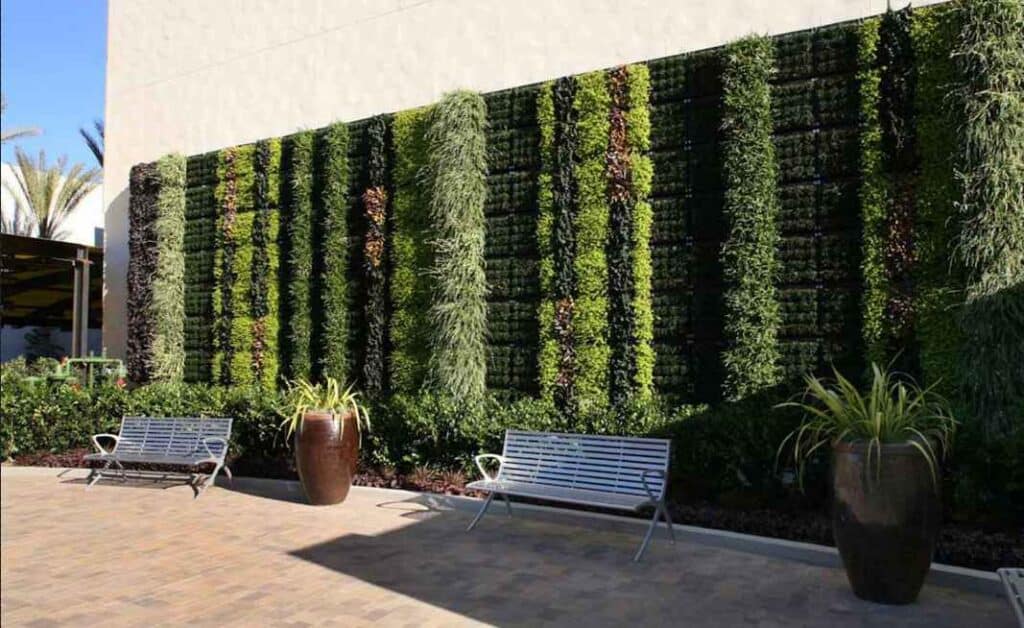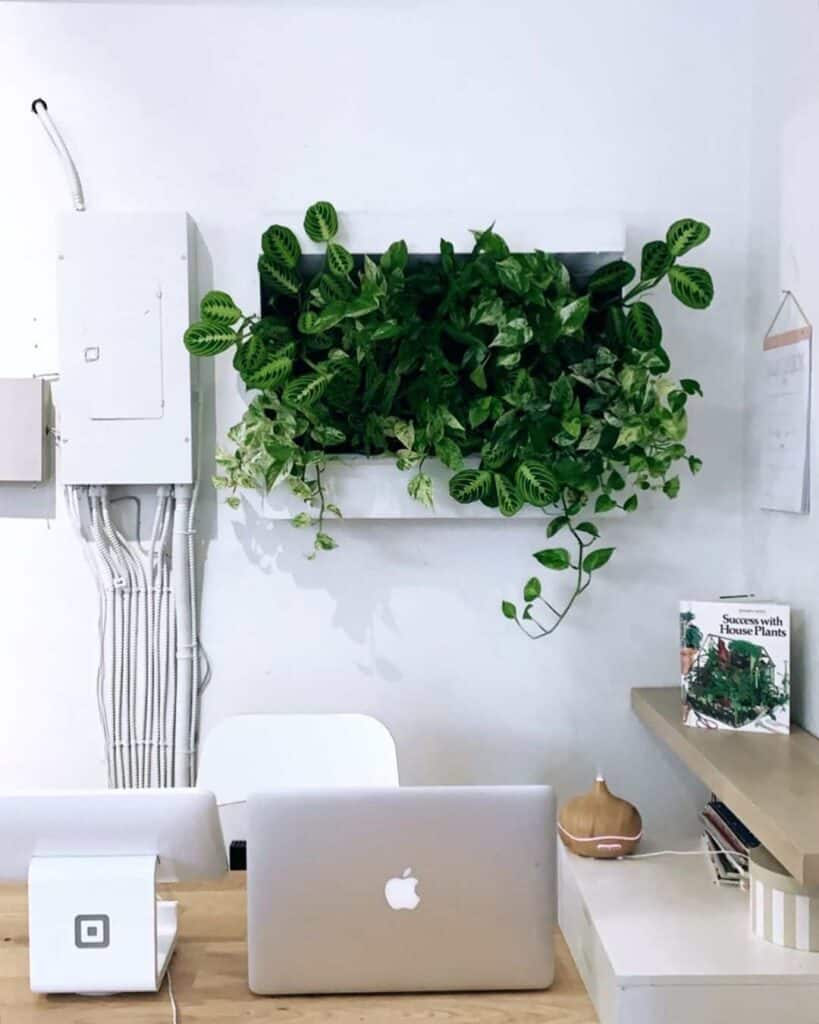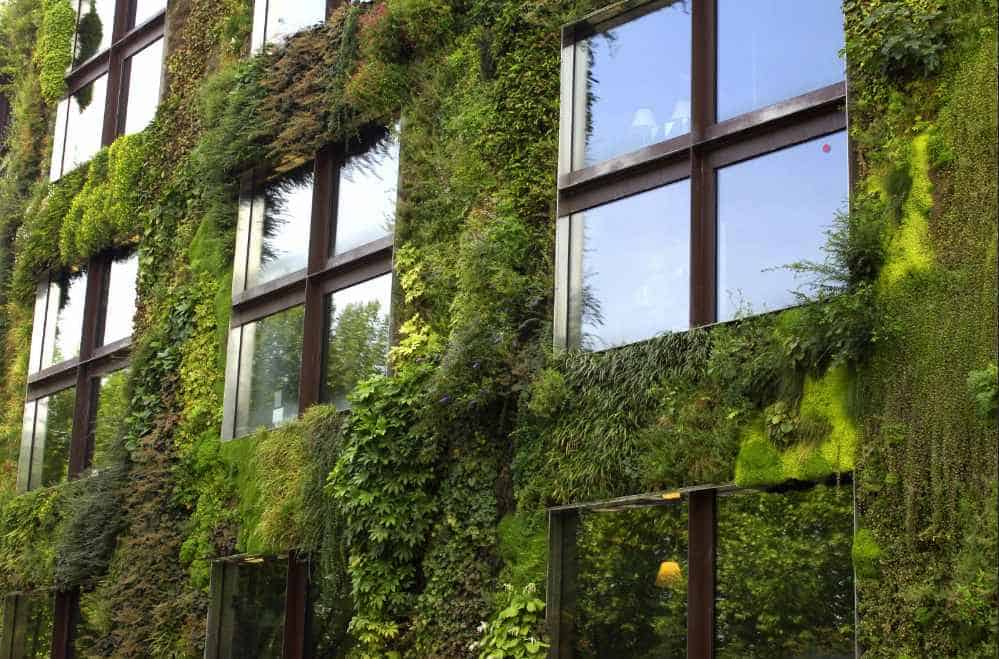Living walls are a captivating way to liven up any part of your home or business establishment with biophilic design. However, if you have ample space to choose between an indoor and outdoor living wall, it can be a difficult choice to make as both offer their own allure. Here are some unique advantages of each type of living wall and some factors to help you make the right choice for your space.
The Unique Advantages Of Indoor Living Walls

1. Aesthetic Impact: Indoor living walls serve as living artworks, turning bare walls into captivating displays of nature’s beauty. The variety of plant textures, colors, and shapes offers endless creative possibilities to enhance your interior decor.
2. Air Quality Enhancement: A standout feature of indoor living walls is their ability to improve indoor air quality. As natural air purifiers, these walls filter out toxins and release oxygen, contributing to a healthier and more refreshing indoor environment.
3. Stress-busting Properties: Indoor living walls can break the monotony of the room and add a refreshing element to even the gloomiest corners. This piece of nature can act as a stress buster when placed in conference halls, waiting rooms, or other closed spaces.
4. Resilient Plants Ease Maintenance: Due to limited light availability, indoor living walls typically feature plants that thrive in low-light conditions. Ferns and pothos are popular choices that flourish indoors with minimal maintenance.
The Unique Benefits Of Outdoor Living Walls

1. Appealing Exteriors: Just as indoor living walls elevate the interior design, outdoor living walls elevate the aesthetic appeal of buildings. They can turn ordinary facades into breathtaking visual displays, thereby making the building more inviting and even offering a branding opportunity to eco-friendly commercial establishments.
2. Greater Plant Variety: With ample sunlight, outdoor living walls can host a wider array of plant species, including flowering plants, herbs, and even small shrubs. The vibrant colors and fragrant blooms add an extra dimension to the wall’s visual impact.
3. Environmental Impact: Outdoor living walls contribute to urban greening by mitigating the heat island effect in cities and providing habitats for birds and insects.
Outdoor vs. Indoor Living Wall: Factors to Consider


1. Intended Purpose: Consider the purpose of the wall. Do you want to enhance interior aesthetics or transform the exterior of your building? This decision can guide you toward either an indoor or outdoor living wall.
2. Lighting Conditions: Evaluate the amount of sunlight the chosen wall will receive. Indoor living walls may require access to adequate artificial light, while outdoor walls benefit from natural sunlight.
3. Maintenance Level: Both indoor and outdoor living walls require maintenance, but outdoor walls may demand more attention due to weather conditions. Consider your ability to care for the plants when making your decision.
4. Space Availability: Examine the available space and structural support. Outdoor walls should be sturdy enough to hold the weight of the plants and the support system, while indoor walls should have adequate light and space.
Conclusion
In the end, whether you choose an indoor living wall or an outdoor one, you’re embarking on a journey to bring the beauty of nature into your surroundings. Both options offer their own set of benefits and considerations, allowing you to tailor your choice to your space, preferences, and lifestyle. Whichever path you take, the result will be a testament to the timeless allure of living walls, helping you foster a deeper connection with the natural world.
For more expert advice on the type of living wall most suitable for your space, contact Eco Brooklyn today!

